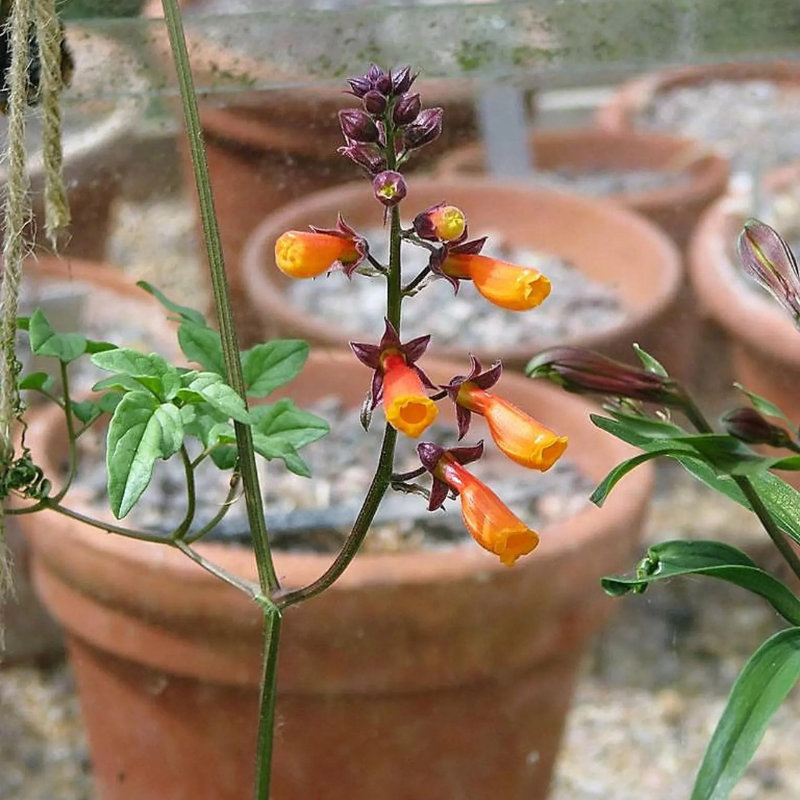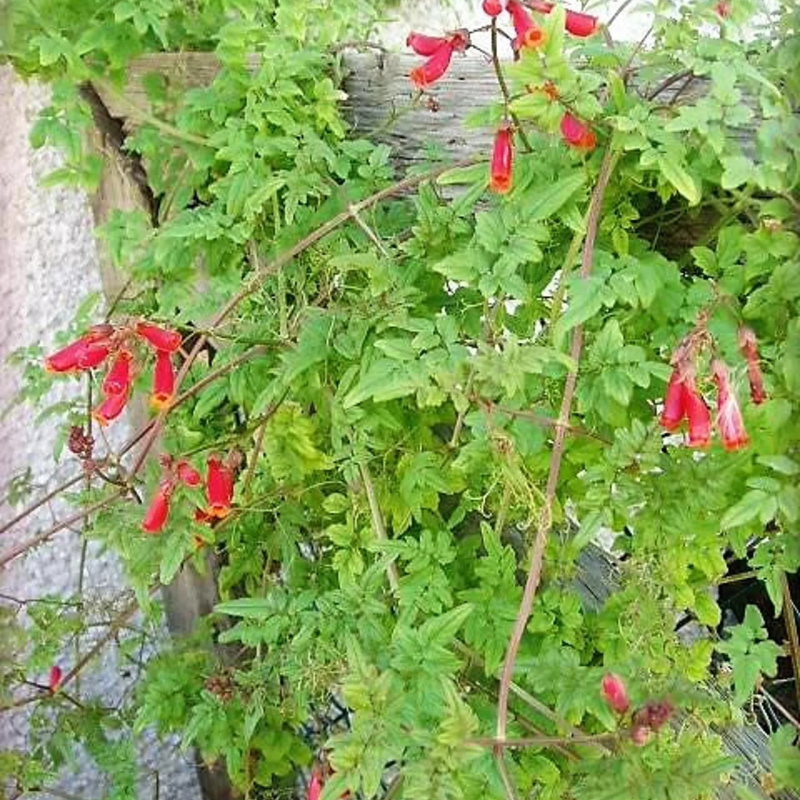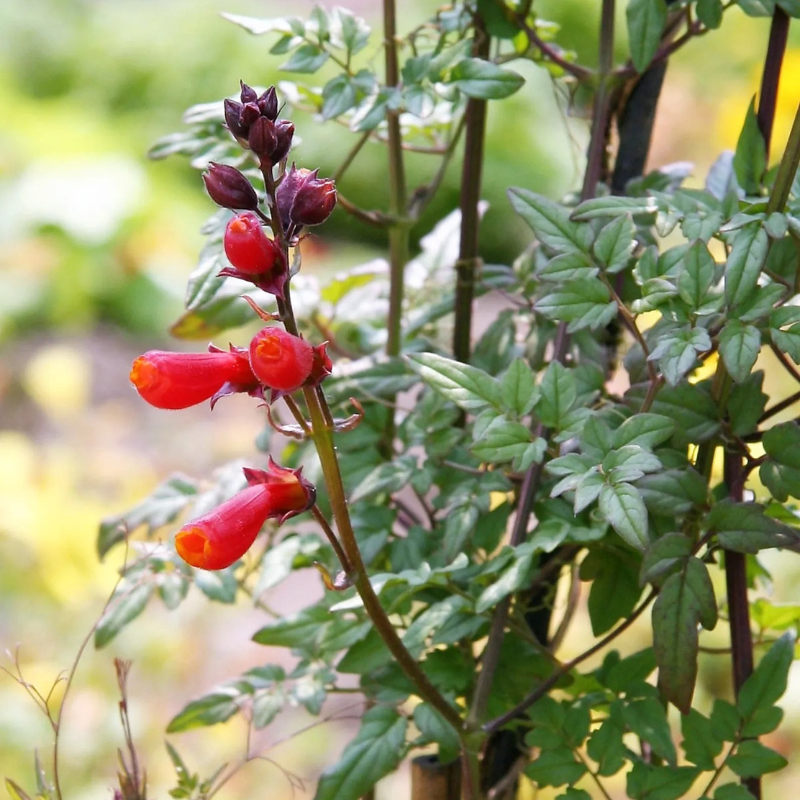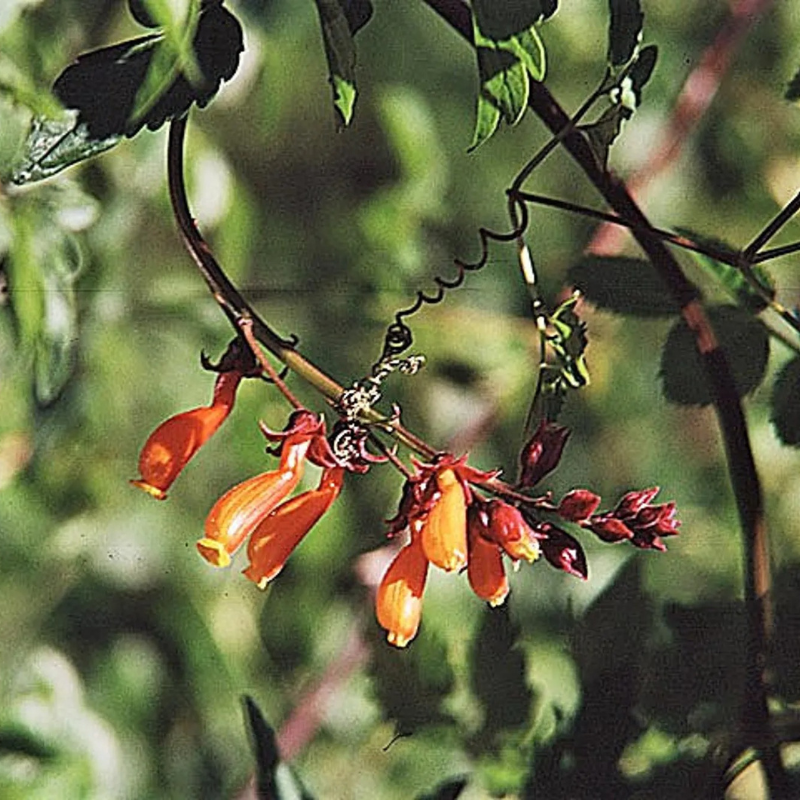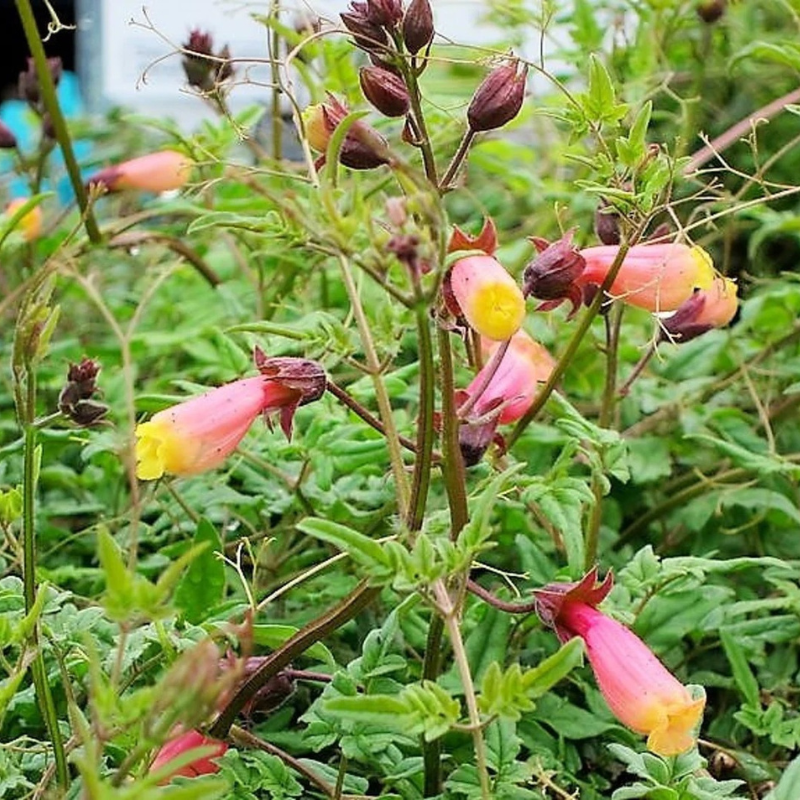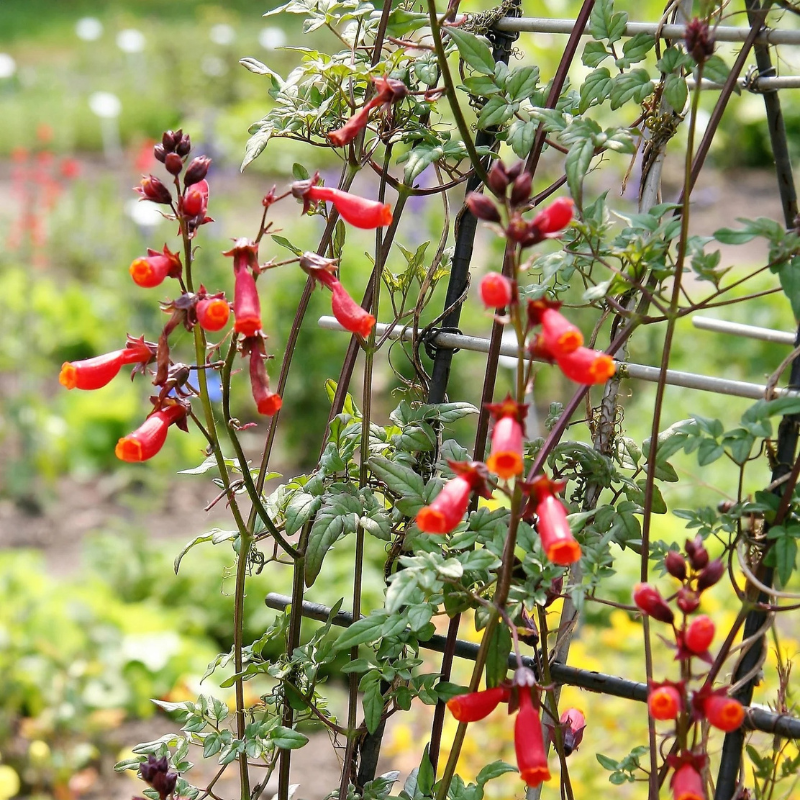- Historical context: The Glory Vine, also known as Morning Glory, is a plant species that has been cultivated for many centuries. Its seeds have been used in various cultures for their hallucinogenic properties.
- Geographical origination: The Glory Vine is native to tropical and subtropical regions of the Americas, but it has been introduced worldwide.
- Relevant cultural significance: In some cultures, the seeds of the Glory Vine were used in religious ceremonies for their hallucinogenic effects. In Japan, the plant is known as Asagao, and has been cultivated for more than 500 years.
- Time period of discovery: The exact time of discovery is not known, but it is believed to have been used by ancient civilizations in the Americas.
- Original habitat: The Glory Vine is native to tropical and subtropical regions, and it thrives in warm climates with plenty of sunlight.
- Notable historical uses: The seeds of the Glory Vine were used by ancient cultures for their hallucinogenic properties. The plant has also been used for its ornamental value.
- Ideal temperature range: The Glory Vine prefers warm climates, with temperatures between 70 and 85 degrees Fahrenheit.
- Soil type: The plant prefers well-drained soil, but it can tolerate a variety of soil types.
- Sunlight requirements: The Glory Vine requires full sun to grow properly.
- Watering needs: The plant needs regular watering, but it can tolerate periods of drought.
- Planting season: The seeds should be planted in the spring, after the last frost.
- Germination time: The seeds typically germinate within 7 to 21 days.
- Growth cycle duration: The Glory Vine is a perennial plant, but it is often grown as an annual in colder climates.
- Common pests and diseases: The plant is susceptible to pests such as aphids and spider mites, and diseases such as leaf spot and rust.
- Companion planting advice: The Glory Vine can be planted with other climbing plants, such as clematis and honeysuckle.
- Common challenges and solutions: One common challenge is overwatering, which can lead to root rot. This can be prevented by ensuring the soil is well-drained.
- Nutritional values: The seeds of the Glory Vine are not typically consumed for their nutritional value.
- Health benefits: The seeds have been used in traditional medicine for their hallucinogenic properties, but they are not typically used for their health benefits.
- Culinary uses: The seeds are not typically used in cooking.
- Medicinal uses: In traditional medicine, the seeds have been used for their hallucinogenic properties.
- Other unique advantages: The Glory Vine is valued for its ornamental value, with its vibrant flowers adding color to gardens and landscapes.
